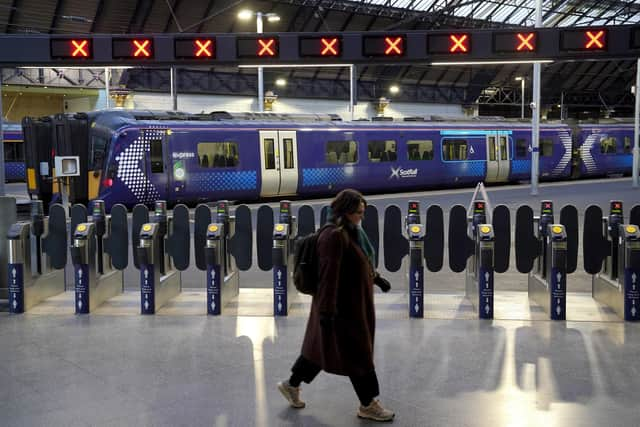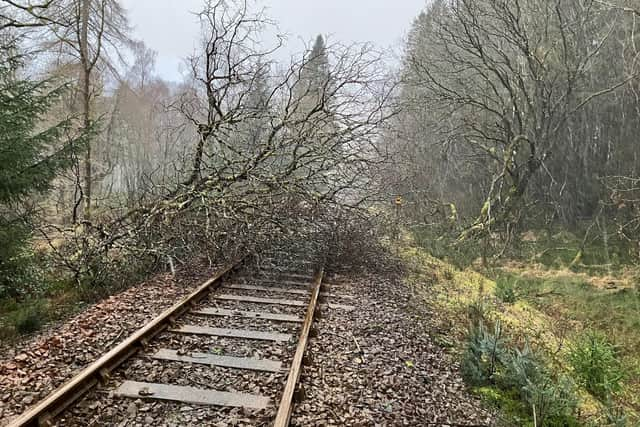Scotland storms: Why close railways, but not curb riskier road travel? – Alastair Dalton
Are you taking a risk travelling during bad weather?
With yet another warning of severe conditions across Scotland issued for Wednesday, including winds of up to 85mph, the issue is taking on increasing significance.
Transport secretary Mairi McAllan remarked last week that “we are in the midst of a storm season of unusual severity and frequency”. And although it’s only the end of January, we’ve already reached the tenth of the Met Office’s 2024 storm names – the most for six years.
Advertisement
Hide AdAdvertisement
Hide Ad

Significantly, there was also an unprecedented two shutdowns of the Scottish rail network in three days at the beginning of last week, with no trains running across the country overnight until well into the following day. But the irony is trains are the safest form of land travel, and at a time when they were emptied of passengers, the country’s roads remained open.
I’m told by industry experts the chance of being killed on the railways is tiny, even in a storm.
But the past thinking that trains could or should continue operating when other forms of transport are halted by bad weather has been turned on its head, reinforced by the fatal Carmont crash near Stonehaven in 2020 when a train was derailed by debris washed onto the track from a wrongly-built drain during a downpour.
Scotland’s railways have become more risk averse, but those in the industry say justifiably so because trees are far more likely to fall on lines north of the Border than the rest of the British network, and several trains have also been hit or engulfed by landslides.


People opting to travel by train are entitled to believe they are being kept safe since someone else is doing the driving, on a discrete network over which they have no control. But what happens when that transport option is no longer available to them when their line – or the whole network – is closed?
I hear of concerns among rail chiefs about the wider risk in such situations – and which they reckon will become increasingly frequent – of folk switching to less safe forms of travel, such as driving.
It is true that during last week’s storms, police warned against unnecessary travel and for people to consider delaying setting off until the conditions improved. Specifically, they said “road users should consider if they really need to travel during adverse weather”.
However, that comes across as take-it-or-leave-it advice since most people would consider their travel as necessary. It also contrasts rather sharply with passengers being told by the rail industry ‘it’s too dangerous to travel by train, so we are preventing you from doing so’.
Advertisement
Hide AdAdvertisement
Hide AdIf passengers opt to drive instead, the difference is, of course, they are transferring the risk from the corporate responsibility of a train operator to themselves when they get behind the wheel.
But if we are in for more extreme weather – and more often – perhaps we’ll need to countenance stronger warnings, or even across-the-board travel restrictions, rather than simply reducing the risk to some modes and increasing it on others.
Comments
Want to join the conversation? Please or to comment on this article.